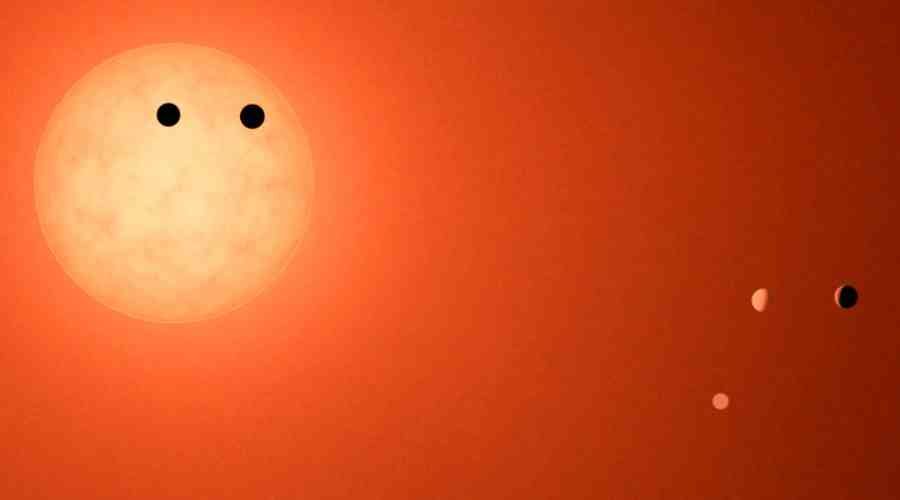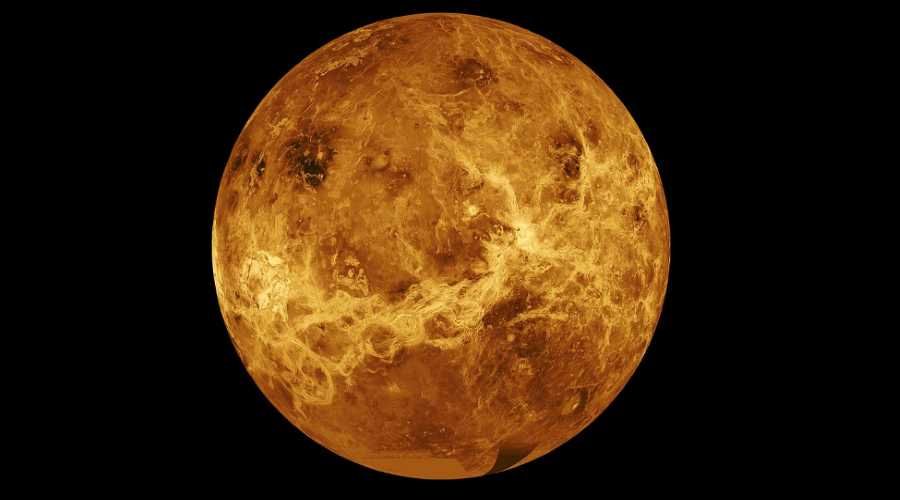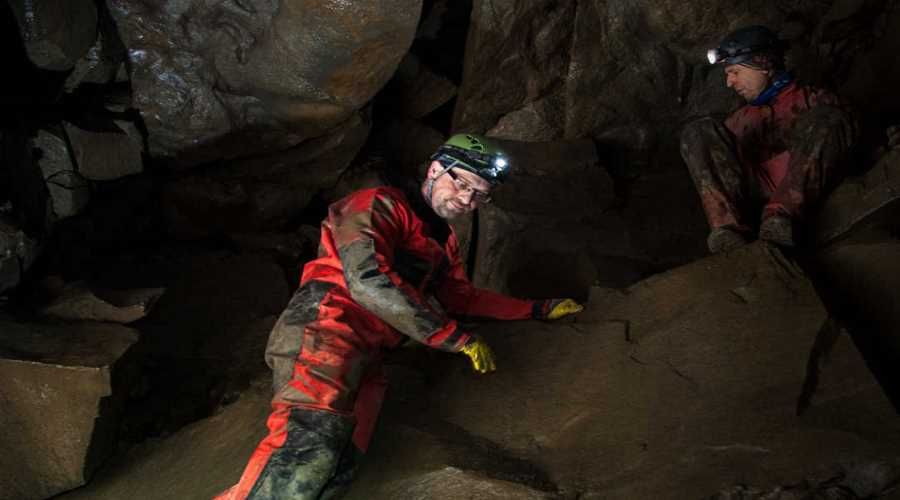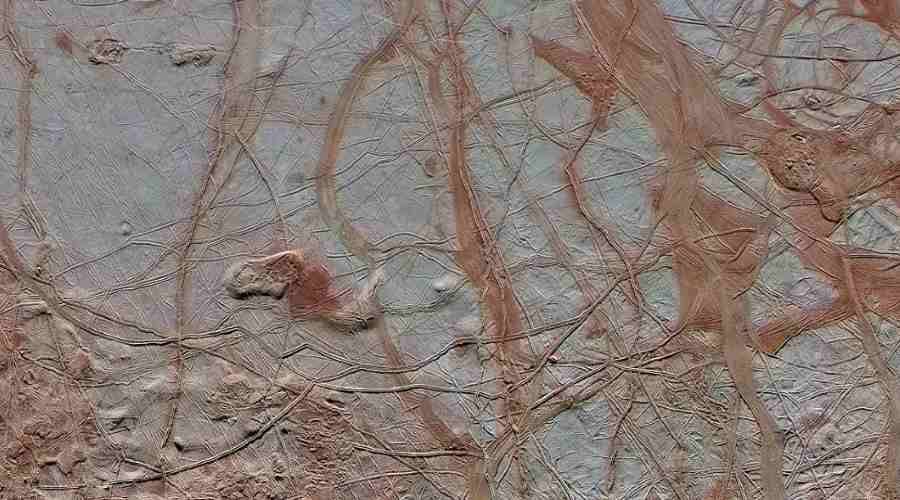The first images of the TRAPPIST-1 system
In late February, NASA announced the discovery of seven exoplanets in the TRAPPIST-1 system. Until now, we have only been able to admire conceptual visions of the system, but now the first real photos of TRAPPIST-1 have been published.
NASA’s discovery has fired the imagination of researchers and fanóin astronomy. At least three of the seven discovered planets are in the ecosphere, meaning there could potentially be life on them.
NASA researchers at a press conference presented very interesting conceptual visions of the TRAPPIST-1 system prepared by talented graphic designersów. However, what can really be seen in the TRAPPIST-1 system looks quite different and in no wayób does not resemble what can be seen in artistic visions.
The planets in this system were discovered using the transit method. This involves measuring the decrease in brightness of the disc of one celestial body, in this case the red dwarf TRAPPIST-1, as another celestial body passes through its disc. In other words, when a planet partially obscures a star, it can be detected by analyzing the decrease in brightness of the star itself. This method is not perfect, because the decrease in the brightness of the star can have many causes, so this method needs additional confirmation. Nevertheless, thanks to it, thousands of planets have been discovered in recent years.
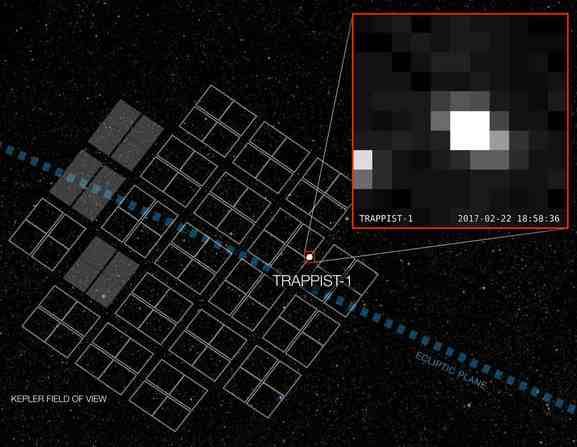
The Kepler Space Telescope had been looking toward the TRAPPIST-1 delusion since about mid-December. It has collected a lot of valuable data about this system and its planets. Thanks to him, its first real pictures were also taken. For a mere mortal, this collectiveór pixels, but specialists can read a lot from it. Although planets moving aroundó³ of their star.
TRAPPIST-1 is an ultracold red dwarf, whichóry is located in the constellation Aquarius about 40 light years from our solar system. This star is the size of Jupiter, but is about 80 times more massive than it.
Planets are orbiting very closely wokół its star, but TRAPPIST-1 is not as hot as our Sun. The red dwarf is in cfóThe star is about half as cool as our star. For more information, see Seven exoplanets in the TRAPPIST-1 system
